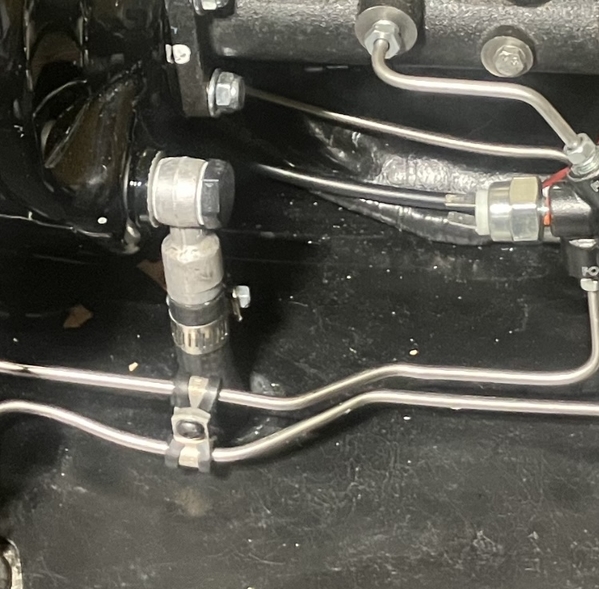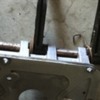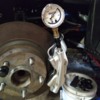Pantera#4406 September 72 preL 1/2
My brake pedal changes stroke length and résistance depending on engine vacuum.
When the engine is idling, therefore low vacuum, the pedal has a travel and resistance normally but when I brake with the engine driven by the gearbox and the accelerator closed, therefore high vacuum, the travel of the pedal increases almost to the floor and it is difficult to control the braking force, the wheels lock quickly.
There is also another malfunction, the pedal sometimes takes a long time to return when I stop pressing it.
So I guess it's the Mastervac that's faulty; the car has not been driven for several years and these are the first few kilometers. The master cylinder is new and the calipers have been rebuilt. I haven't done anything on the Mastervac.
Do you have any ideas?
Where can rebuild kits be purchased?






